Norwich Castle: Excavation sheds light on keep's history
- Published
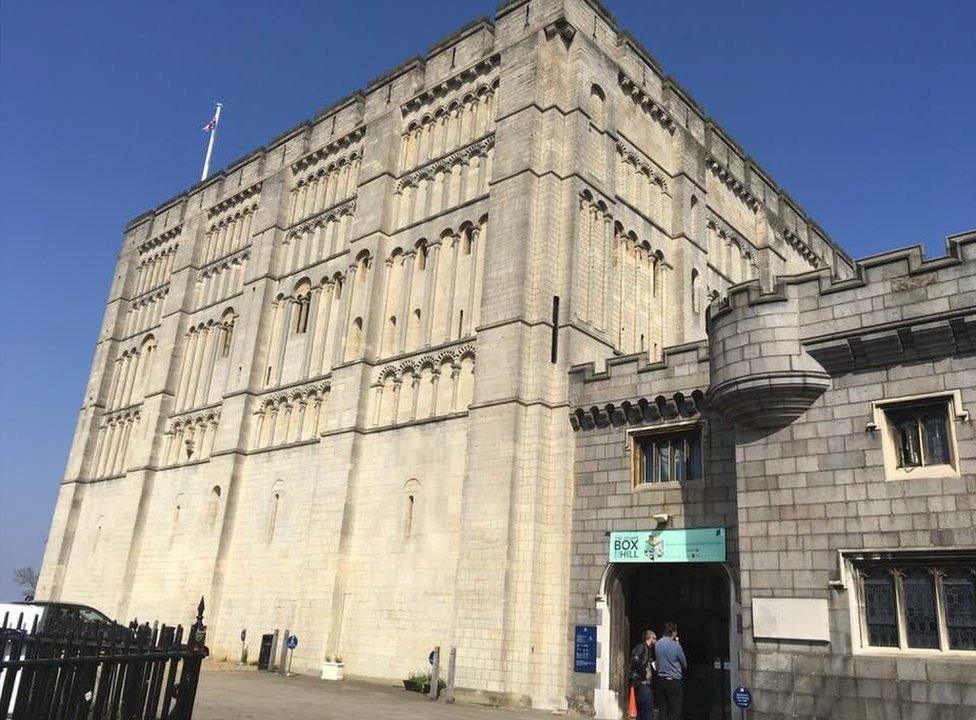
The castle keep has dominated the city of Norwich since its construction in the late 11th or early 12th Century
The excavation of a Norman keep has helped shed light on the history of Norwich Castle as it embarks on a £13.5m plan to restore its Great Hall.
The castle keep has dominated the city since its construction in the late 11th or early 12th Century.
The excavation of the keep, which took 10 weeks, finished on Friday.
Heather Wallis, who led the dig, said the team had found a "really surprising amount of animal bones and fish bones and scales".
"It gives us a really detailed look into diet [of the higher echelons of society]," she said.
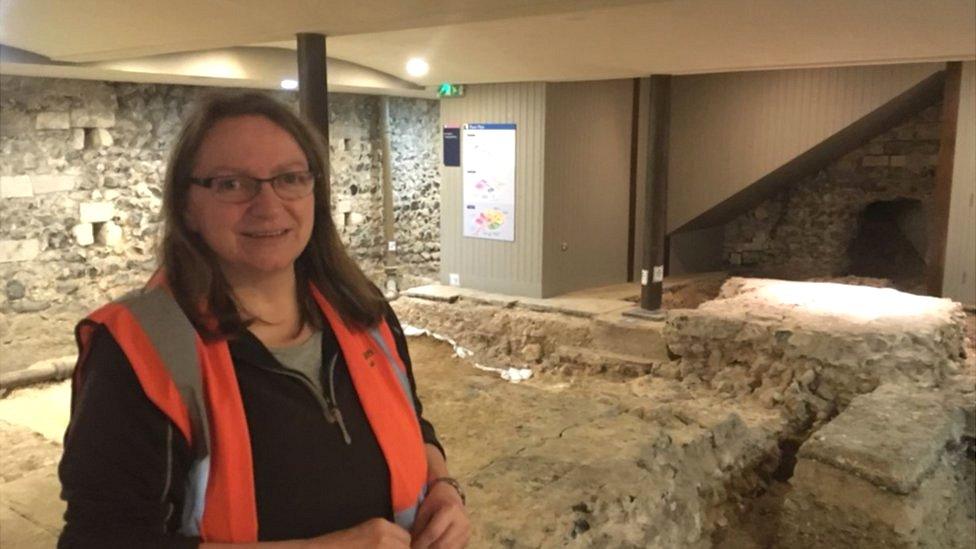
Heather Wallis, who led the dig, said the team had found a "really surprising amount of animal bones and fish bones and scales"
Ms Wallis, lead archaeologist with Oxford Archaeology East, said they had also found a large amount of pottery, with the earliest dating to the 13th Century, and items made in Grimston in west Norfolk.
She said she was surprised there was no pottery from the 12th Century.
"There is a gap in the archaeology, but so few excavations have been carried out in buildings of this status," she said.
The team also found needles and pins made from bone.
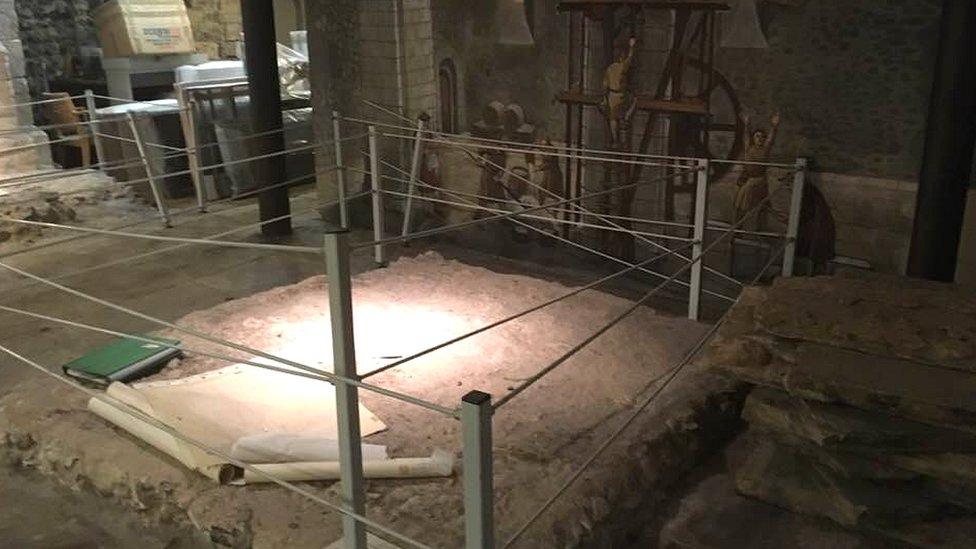
The keep will eventually be transformed to how it was in Norman times
Four bore holes dug into the ground also revealed a dark layer of soil, which could represent the Anglo Saxon town on which the castle was built.
Some of the soil has been taken away for analysis.
Ms Wallis said the experience of the dig had been "amazing".
"It is not often you get the opportunity to dig into a Norman keep," she said.
The work will help inform the "Norwich Castle: Gateway to Medieval England" project, which is looking to transform the keep to how it was in Norman times.
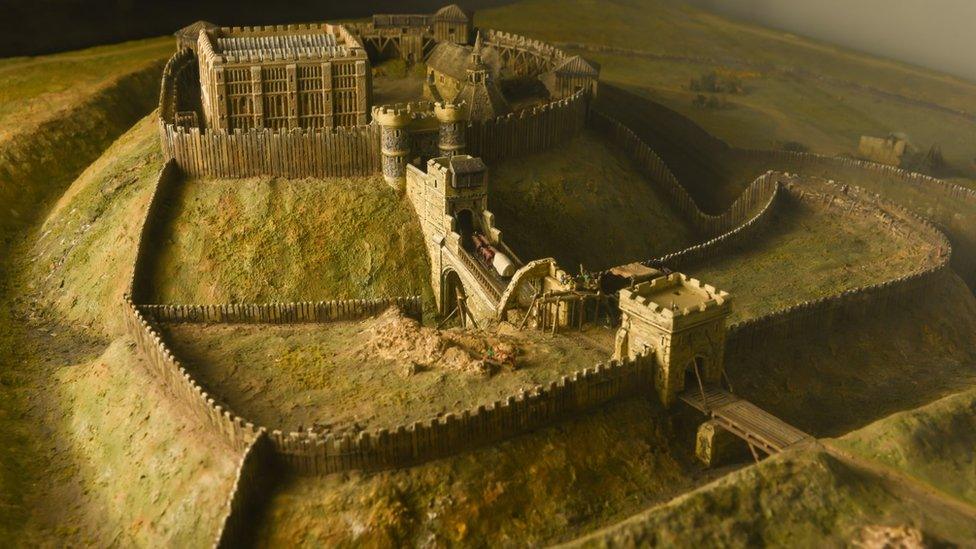
An exhibition looks at the changes at Norwich Castle over the years
An exhibition on the keep's history continues at Norwich Castle Museum until Sunday, 3 June.
- Published9 February 2018
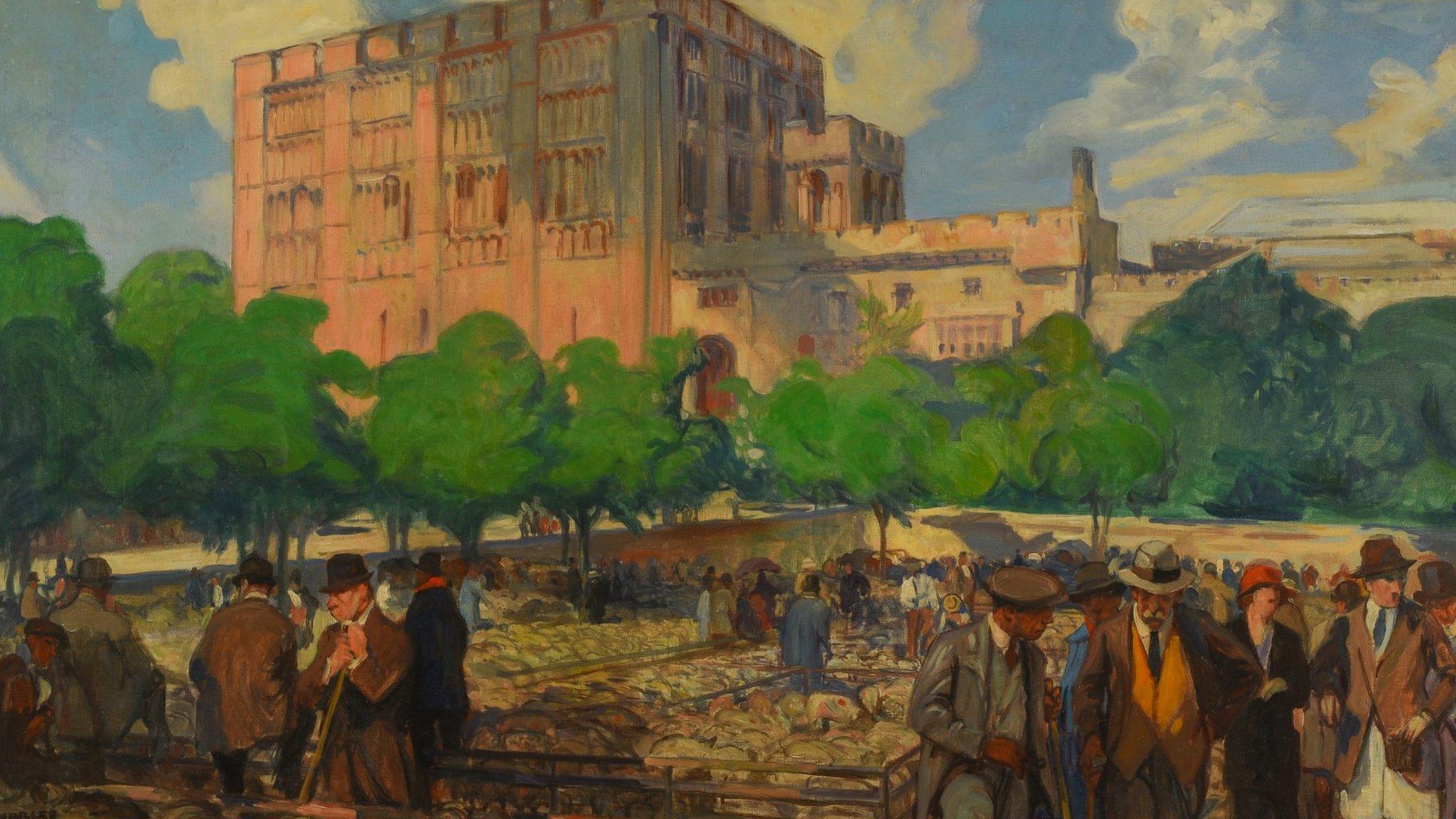
- Published19 February 2015
